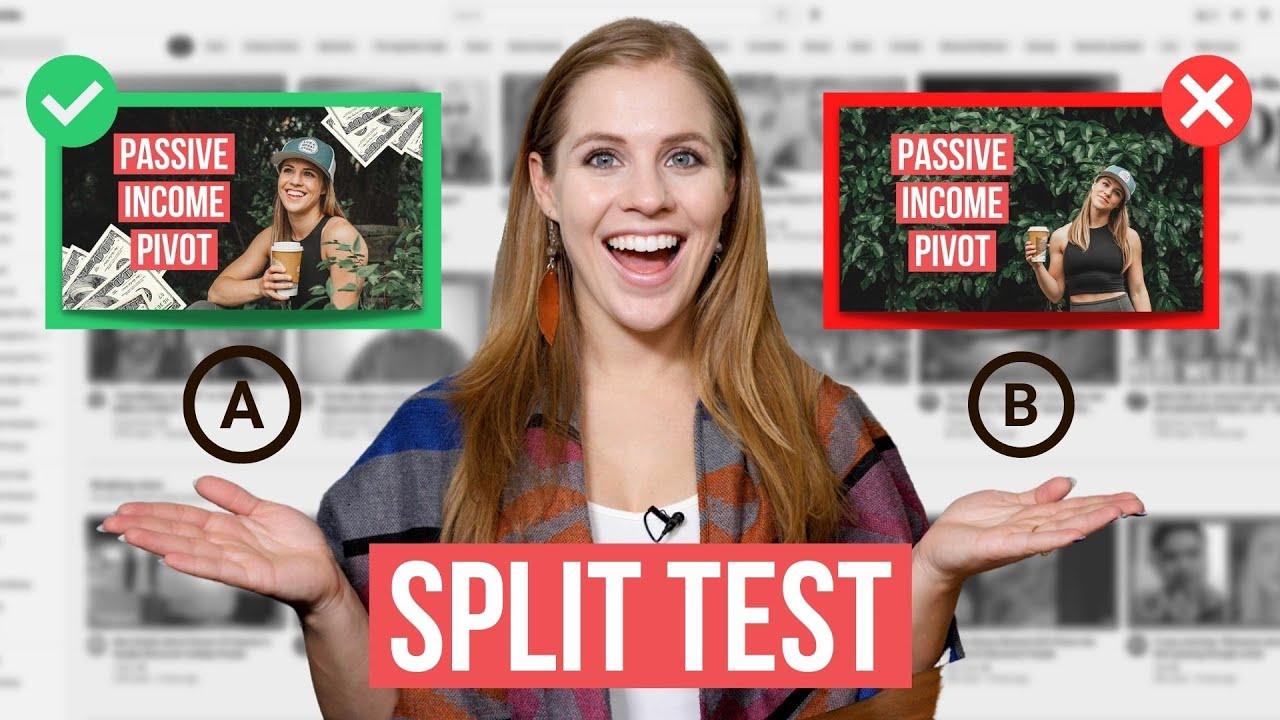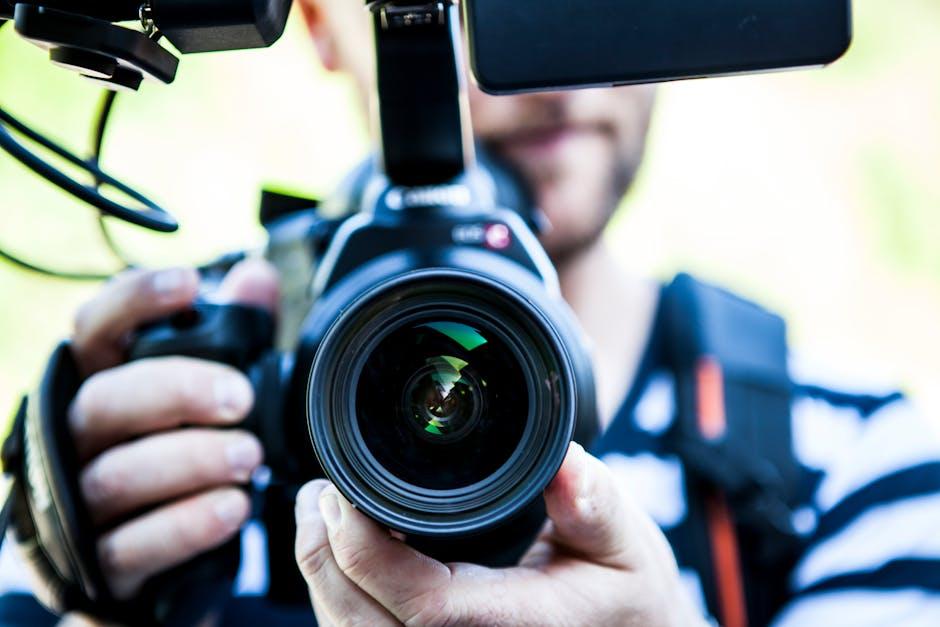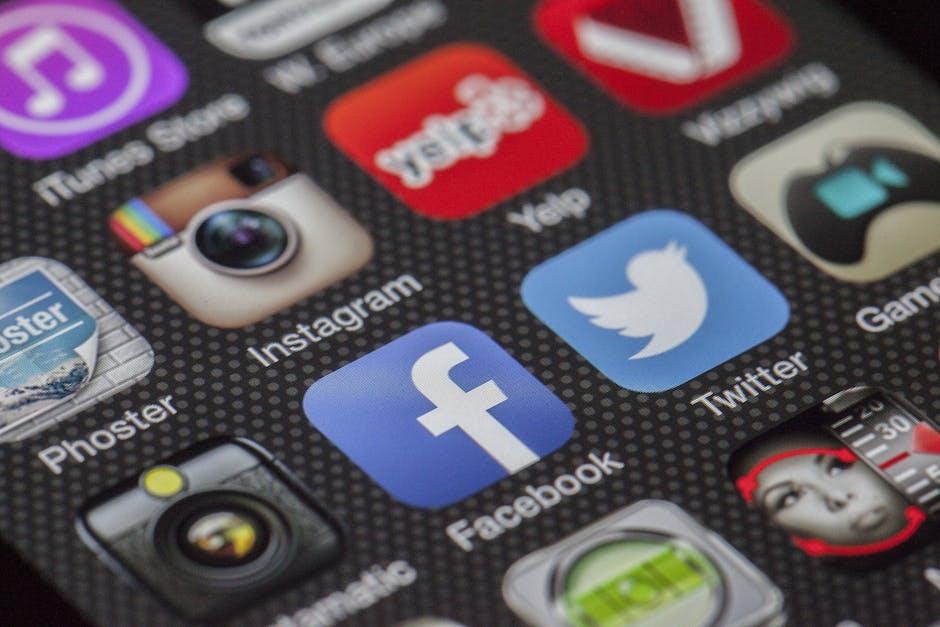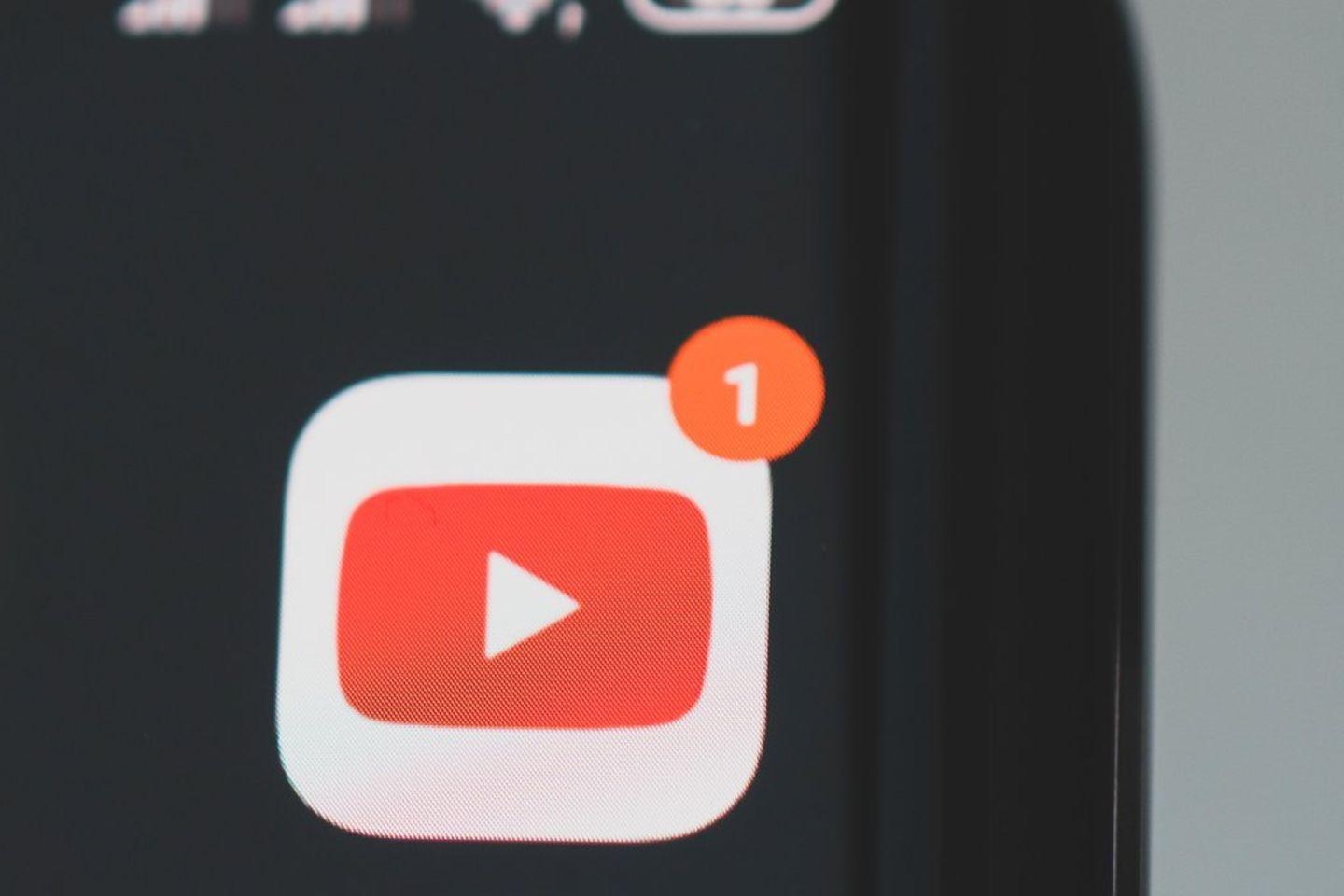: What Happened to Thumbnail Testing?
Hey there, YouTube creators and watchers! If you’ve been hanging around the platform lately, you might have noticed some buzz swirling around YouTube’s latest update—the highly anticipated A/B thumbnail testing tool. If you were as excited as I was when it finally premiered, you probably thought this was the key to mastering your video engagement. I mean, a way to test multiple thumbnails and figure out what really captures viewers’ attention! Like many, I imagined fireworks and celebratory dance parties in each content creator’s living room. But fast forward a few months, and it seems like more creators are scratching their heads, wondering if this update has been a blessing or just another confusing twist in the YouTube saga.
Why are creators finding themselves with mixed feelings about this shiny new feature? Well, instead of the click-through rates we were so sure would help us shine a spotlight on our best work, YouTube decided to pivot and focus on watch time instead. Yeah, you heard that right! The very metrics that were supposed to herald our hard-earned victories now feel like haunting whispers reminding us that not everyone who clicks stays to enjoy the show. As we dive into the details, we’ll unpack the thorns lurking among the roses of this update—less about whether viewers are excited enough to click and more about whether they settle in to binge-watch the whole thing.
So, grab your favorite snack, and let’s break down why this update has left so many creators scratching their heads and questioning whether their expectations were too high, or if YouTube just missed the mark entirely. Spoiler alert: Your thumbnails don’t quite hold the power they used to, but we’ll make sure you’re equipped with some tips on navigating this bewildering terrain!
Understanding the Unmet Expectations of YouTubes Thumbnail A/B Testing
It’s been a wild ride since YouTube launched the much-anticipated A/B thumbnail testing feature. Creators were practically buzzing with excitement, but now that the dust has settled, feelings are mixed. Instead of high-fives and victories, many are left scratching their heads, wondering if this update really hits the mark. Did we expect too much? It seems like creators assumed that YouTube would track clicks like a hawk, allowing them to pinpoint which thumbnail grabs the audience’s attention. But in a plot twist that has many raising eyebrows, the focus is on watch time instead. This approach means that while a flashy thumbnail might draw in clicks, it doesn’t guarantee viewers will stay glued to the screen. It emphasizes engagement over initial attraction, which leaves some creators feeling initial excitement has become cautious skepticism.
Imagine you’re throwing a party – sure, you want people to show up, but if they leave before dessert, how enjoyable was it really? For creators, this translates to frustration. The A/B testing tool might encourage better thumbnails, but if it overlooks metrics like impressions and click-through rates, it risks missing the bigger picture. Each video has its own diverse audience, and a thumbnail may resonate differently depending on who’s watching. Some creators are starting to suspect that the tool, while noble in intent, could actually be stifling their growth, especially for smaller channels just trying to make a name for themselves. As the call for better insight grows louder, it seems clear that what we’re left with isn’t quite what we signed up for.

Decoding the Shift from Click-Through Rate to Watch Time Metrics
When creators first caught wind of the new thumbnail testing feature, hope blossomed like spring flowers after a long winter. The buzz was palpable—YouTube was addressing a core aspect of content creation that many had been dying to see improved. But as the honeymoon phase faded, the reality sank in: the tool’s success metric didn’t align with what most of us anticipated. Instead of focusing on click-through rates, which many thought would indicate how well a thumbnail could lure viewers in, YouTube opted for watch time. This pivot leaves a lot of creators scratching their heads. Why prioritize how long viewers stick around over how many actually click in the first place? It’s a tough nut to crack, especially for those of us hoping to view our thumbnails as gateways to more eyeballs on our content.
Here’s where it gets juicier. As it turns out, watch time metrics can be a double-edged sword. While they aim to filter out clickbait and push quality content, they also may stifle growth. Think about it: If a thumbnail attracts new viewers—who may not know the creator yet—that initial fascination doesn’t always translate into retention. Many new viewers may click excitedly at first but leave quickly because they don’t resonate with the content. Creators are left in a pickle, caught between producing enticing thumbnails and fulfilling viewer expectations. So, while YouTube’s intentions are good, the impact of prioritizing watch time over click-through rates raises some heated questions: Are we losing valuable insights on what sparks initial interest? How do we leverage this metric without sacrificing growth potential? Without these insights, it’s like navigating a maze without a map—confusing and frustrating, to say the least!

Strategic Approaches to Maximize the Impact of A/B Thumbnail Tests
YouTube’s new testing tool has creators scratching their heads, pondering whether it’s a true asset or just another misplaced gadget in their content arsenal. Many of us assumed that the A/B thumbnail testing feature was a no-brainer—it’s all about click-through rates, right? But here we are, facing a reality where YouTube measures success based on watch time instead. Imagine you’ve got two thumbnails, and one sparks interest like a firecracker among new viewers. They click, but then they flit away faster than butterflies on a summer day. The result? Your overall watch time shrinks, and YouTube seems to think that thumbnail was a flop. This is a real conundrum for creators, especially those just trying to spread their wings. It’s like baking a cake that looks fabulous but tastes stale; no one wants a slice, even if it looks mouthwatering on the outside!
So, how can you harness this tool without shooting yourself in the foot? One nifty strategy is to use it on older videos before altering your flashy new uploads. Think of it as giving a tired book another chance to shine with a revised cover. By testing those previous thumbnails, you won’t mess with that all-important initial phase of a new release. Also, subtle tweaks are key! Instead of radically changing your aesthetics, try adjusting the colors or the text a smidge. It’s like finding the right seasoning for your dish—you want to enhance, not overwhelm. And don’t forget to keep an eye on your watch time metrics! They’re the holy grail of YouTube success, showcasing not just who’s clicking but who’s actually engaging. Balance your thumbnail allure with the kind of content that keeps folks glued to their screens, and you’ll set yourself up for a winning strategy!

Tuning into Viewer Engagement: The Real Metrics That Matter
So, here’s the kicker: when YouTube unleashed this shiny new thumbnail testing feature, a lot of us creators got giddy with anticipation, thinking it would be the holy grail of data. Imagine finally having the power to see which thumbnails snag the most clicks! But it turns out, instead of measuring success based on click-through rates, YouTube decided to focus on watch time. That’s right, they’re more interested in how long viewers hang around after clicking rather than just the click itself. Why? Because they’re trying to nudge us away from clickbait—a solid move, but it leaves us scratching our heads. It’s almost like they’re saying, “Hey, we know you want those clicky thumbnails, but let’s make sure that the folks who click actually enjoy what they find.” Talk about a plot twist!
Now, you might be thinking, “Great, so how do I know which thumbnails are actually working?” And that’s the million-dollar question! Creators are finding themselves diving deep into analytics, trying to decode which visuals hook viewers versus which ones just fade into the background. It’s like trying to solve a mystery without all the clues. To tackle this maze, it’s smart to experiment with older videos, making subtle changes rather than drastic overhauls. Test out different styles and backgrounds without losing the essence of your original content. It’s a bit of a game of chess—every move counts! By keeping an eye on watch time alongside your testing, you’ll start to unravel what clicks and keeps your audience engaged. And hey, your viewer engagement could become your secret weapon in this ever-evolving landscape of YouTube!
In Retrospect
Well, folks, there you have it! We’ve dove into the whirlwind of YouTube’s most confusing update, dissecting the highs and lows of the much-anticipated A/B thumbnail testing tool. Can you believe it? Creators were left scratching their heads instead of popping the confetti. Who knew that a tool designed to help us snag more views would end up feeling like a bit of a letdown?
Navigating the idea of measuring success through watch time rather than click-through rates really struck a chord with many of us. It’s like getting a bakery gift card only to find out it only works for whole wheat bread! Sure, YouTube is trying to promote quality over clickbait, but as you’ve seen today, we’re all left wondering how effective this tool truly is for driving growth, especially for those of us on the smaller side of the creator spectrum.
But hey, it’s not all doom and gloom! There are strategic ways to make the most of this tool, like testing it on older videos and making subtle tweaks. Just remember that each experiment you run is a step toward understanding your audience better. After all, it’s all about that balance between bringing new viewers in and keeping them engaged!
As we wrap this up, I hope this discussion inspired you to dig deeper into those thumbnail strategies and keep experimenting. If nothing else, let’s learn together and adapt! And if you’re looking for more tips on growing those subscriber numbers that we all covet, make sure to check out our next blog post where John will share his hacks for boosting those critical numbers. Until next time, keep creating, keep questioning, and most importantly, keep having fun out there! 🎉



